LG explains why it dislikes curved display panels, and why there isn't one on the G6

LG G6 is among the first 'all-screen' phones we're going to see in 2017
Curved display panels are a sophisticated subject: while they serve a mostly aesthetic purpose, some could argue they help manufacturers build phones with better screen to body ratios – allowing bigger diagonals in narrower bodies. This claim does have some weight, although we could argue how much of a benefit there is in inflating the diagonal figure while also skewing the picture along the edges. Anyway, it appears that LG has had some bigger considerations when it came to whether it should join the curved panel bandwagon, or stick with a 'classic' flat screen. Here's what made LG's product team ultimately decide on mounting a flat LCD display.
LG gave us the opportunity to spend some quality time with members of the team who made the LG G6 possible, and you may be surprised at some of the arguments they had against curved screens.
REASON #1: Curved "edge" screens are uncomfortable to hold

LG argues that using 'edge' screens and 'edge' interfaces can be tiring cause muscle strain.
A side effect of the edge panel can also be an increased number of accidental taps, which could prove to be annoying, indeed.
REASON #2: Curved "edge" screens are easier to crack
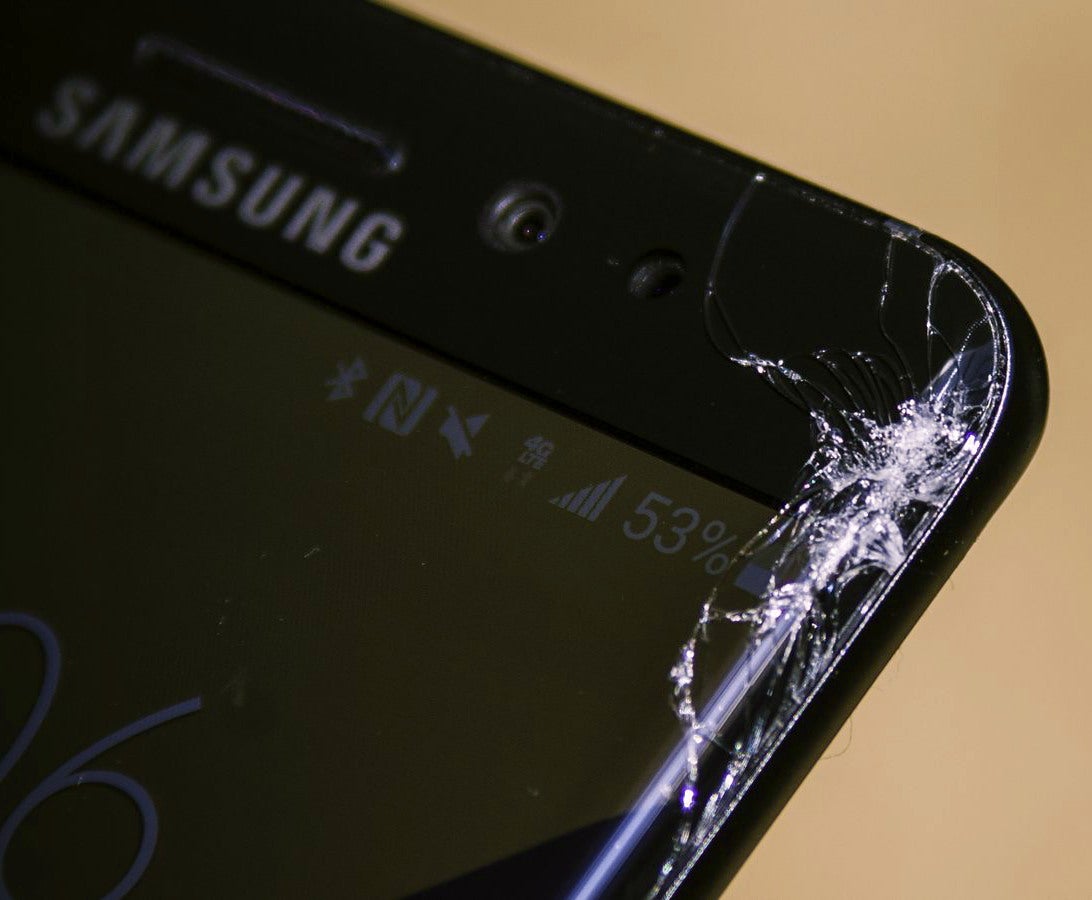
Curved glass along the edges of a handset could mean frequent trips to the service center. | source - Cnet
So LG believes that by using a flat touchscreen panel on the G6, it's doing consumers a favor by delivering a handset that is both more comfortable and reliable. Both points make a lot of sense, but what we're wondering here is if these design decisions are going to truly resonate with customers, enough to make them look away from Samsung's (and later Apple's) shiny, curved pebbles. Time will tell, but until then, we're just going to enjoy LG's more pragmatic approach with the undeniably awesome G6.
Follow us on Google News



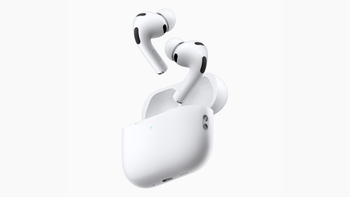
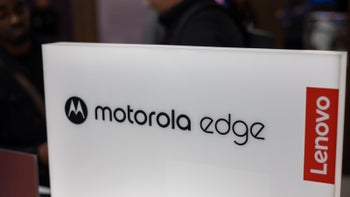

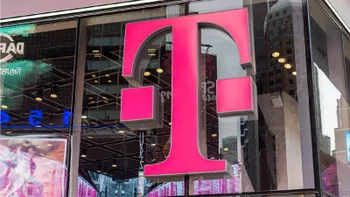
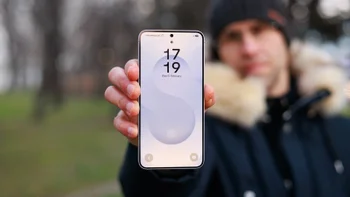
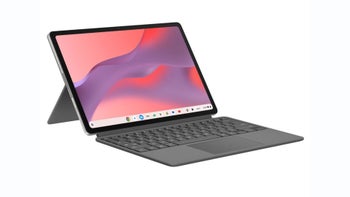
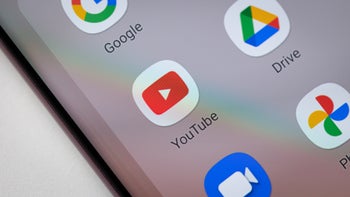
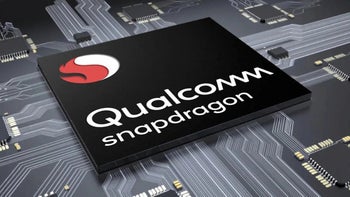

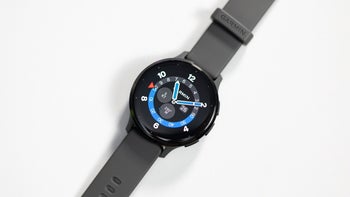
Things that are NOT allowed:
To help keep our community safe and free from spam, we apply temporary limits to newly created accounts: